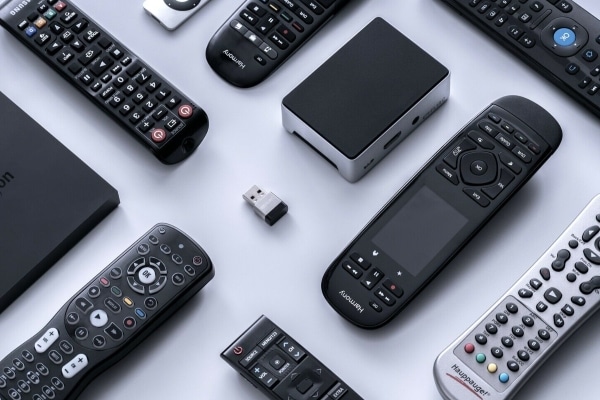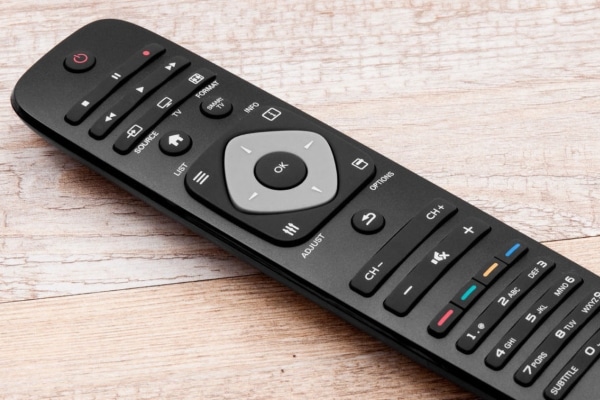Overview of adapters for analog and digital signal transmission: displayport, hdmi, vga, dvi. To connect 2 incompatible ports together and be able, for example, to play a picture from a laptop, TV set-top box to a TV, engineers developed adapters. You can buy them in hardware stores for a couple of hundred rubles. It would seem, what is difficult? But not everything is not as simple as it may seem to the consumer at first glance. There are several adapter options. And you should choose the one that will provide the quality you need and fit the connector, depending on the type of device. And the wrong adapter is money thrown to the wind. Consider each of the options in detail to avoid problems.
What are these signal adapters
Displayport, hdmi, vga, dvi, mini displayport are equipment ports that are used to connect two or more pieces of video equipment using connecting wires. These cables have connectors at their ends that convert the signal.
Note! Each connector has its own technical parameters and characteristics, which explains the advantages and disadvantages of each option. Therefore, when choosing an adapter, you should proceed from what image and at what distance you need to transmit.
Why adapters are needed
Adapters of this type have a wide range of applications:
- Connecting an old projector to a laptop, computer and similar equipment to play content.
- Connecting a projector with an old connector to a modern monitor. Also the reverse situation.
- Connecting two multimedia devices together.
- Connecting multimedia devices to monitors or television equipment.
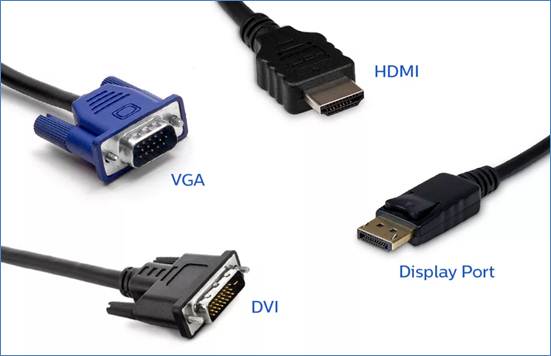
Overview of various adapters
The rapid development of technology has led to the fact that every decade new types of video interfaces have begun to appear, providing better image transmission to the screen due to the design of the wire and connector. Let’s consider each of the presented types in detail, starting with the earliest options proposed by the engineers.
VGA
This is the first data transmission standard developed back in 1987. The connector has 15 characteristic pins that are connected to the corresponding output of the device.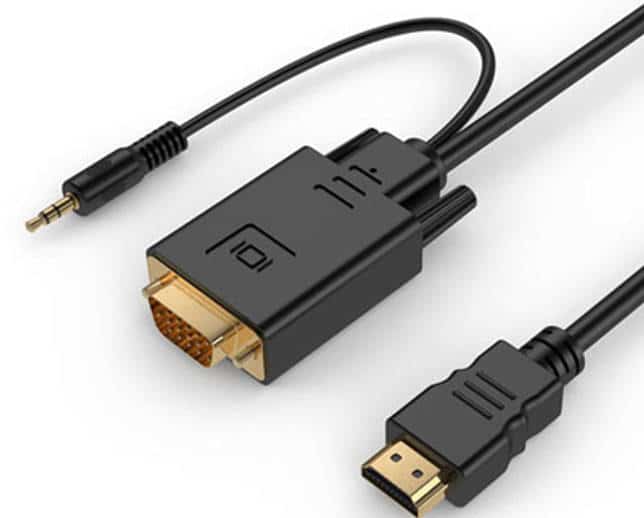
Note! With the help of an adapter, the user can only transmit an image. To play sound, you will need to purchase separate wires.
Advantages of VGA:
- fast image transfer;
- the lowest price for an adapter cable;
- most of the manufactured laptops are equipped with a Vga socket;
- simple wiring diagram that does not require additional devices.
Disadvantages of VGA:
- sound can only be transmitted over a separate wire;
- not all modern TV models are equipped with a socket for a connector input;
- 1280 × 1024 pixels is the maximum extension available to users.
DVI
VGA has been replaced by a new digital interface that uses other technologies to transmit a signal through devices. The number of contacts varies from 17 to 29. The more there are, the better the quality of the content being played, as well as the newer version of the interface.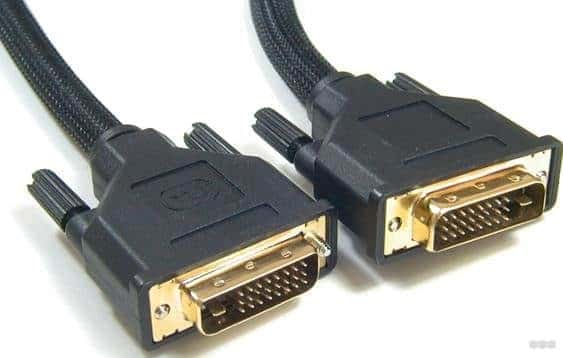 There are several types of DVI that have been developed at different times:
There are several types of DVI that have been developed at different times:
- Type A is the oldest conductor for analog signal conversion. Not supported by LCD screens. A characteristic feature is the presence of 17 contacts.
- Type I – connector allows you to display 2 signal options: analog and digital. The design is characterized by the presence of 18 primary and 5 auxiliary contacts. There is a special extension where the connector is already equipped with 24 main contacts. The connector allows you to output video in 4K format, which is relevant for most TV models now.
- Type D – cable for broadcasting a digital signal to screens. As with Type I, there are 2 design options. The standard version assumes the presence of 18 main contacts and 1 additional contact. The extended version already includes 24 primary contacts, as well as 5 additional ones, which allows you to broadcast video in 4K format.
Since DVI uses modern HDMI digital interface technology, users often cannot decide which option to choose. To weigh the pros and cons, consider the advantages and disadvantages of DVI.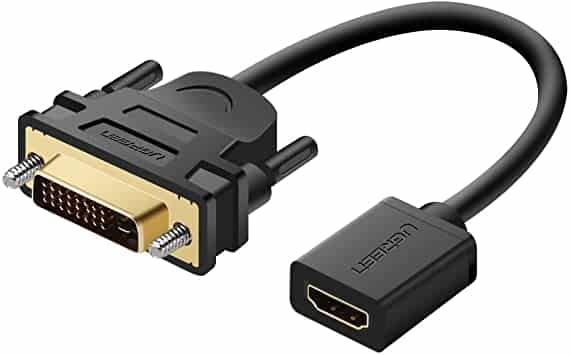
- image transmission without distortion and loss of quality;
- supports multiple streams at once, which allows you to connect multiple devices at the same time;
- the presence of various variations of wires, which allows you to choose a connector for both analog and digital signals.
Minuses:
- the length of all wires is no more than 10 meters. At a greater distance, the signal is not transmitted;
- additional devices are required to broadcast audio.
Displayport and Mini DisplayPort
Advanced digital interface designed to transmit high quality video and audio content, equipped with 20 pins. The maximum wire length is 15 m. Longer options are not available due to the design of the transmitter. The signal will not be transmitted. The design feature is low voltage. The maximum Displayport resolution is 7680 by 4320 pixels, which allows you to view video even in 8K format.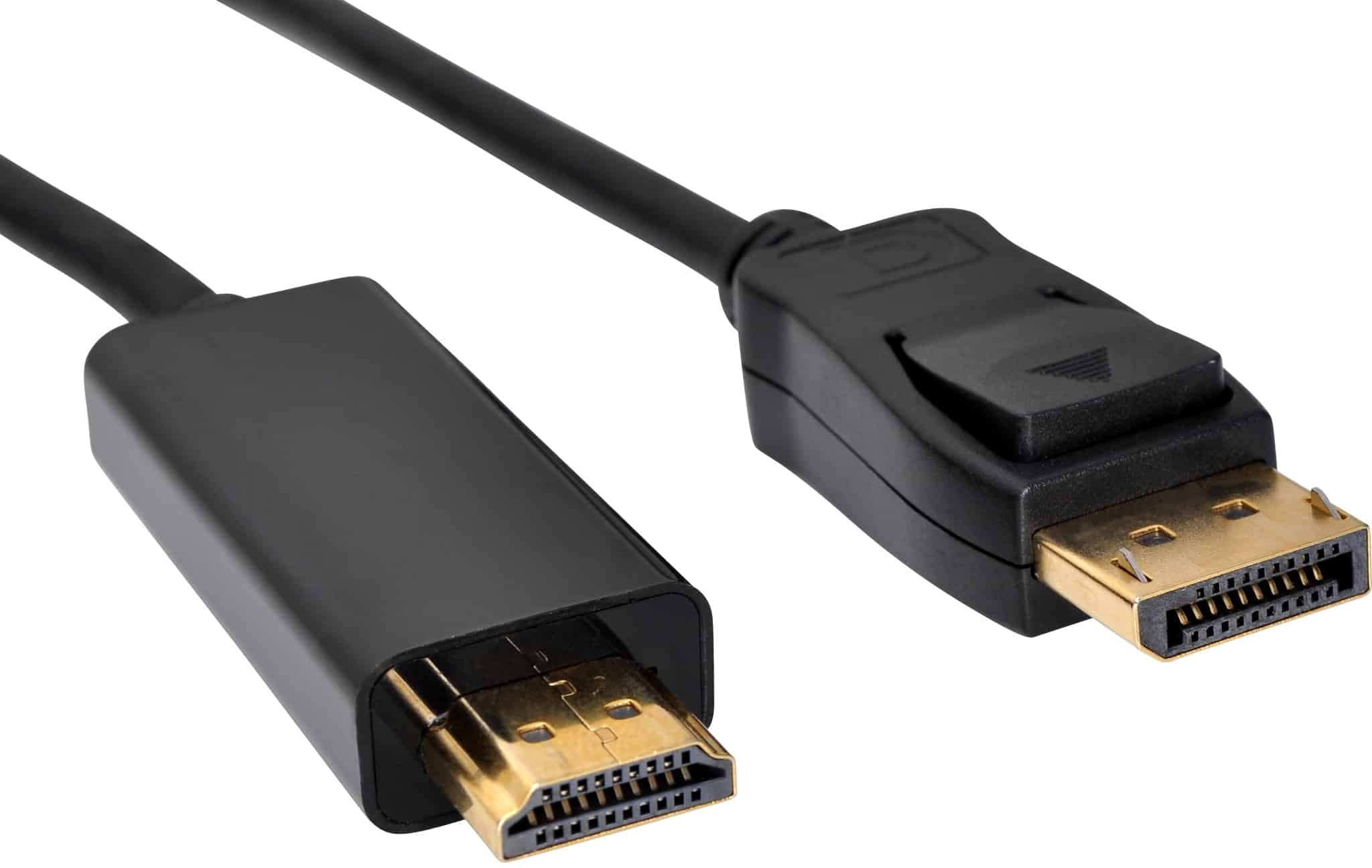 There are 2 types of adapter: a full-size wire version and a mini version called Mini DisplayPort. Its characteristics are the same, but the standard is intended for portable devices such as tablets, netbooks, etc. https://cxcvb.com/texnika/televizor/periferiya/razem-displayport.html Displayport has a lot of advantages, which are presented below:
There are 2 types of adapter: a full-size wire version and a mini version called Mini DisplayPort. Its characteristics are the same, but the standard is intended for portable devices such as tablets, netbooks, etc. https://cxcvb.com/texnika/televizor/periferiya/razem-displayport.html Displayport has a lot of advantages, which are presented below:
- high quality of the reproduced content: the image is not distorted;
- prevalence in the market;
- data protection through encryption;
- the ability to transmit audio over long distances;
- compatibility with different devices.
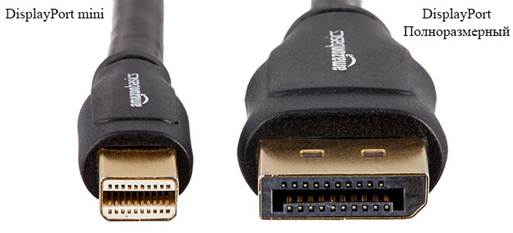
- maximum wire length is limited;
- a small database of electrical engineering models, which is equipped with a connector for an adapter.

HDMI
This is a new digital interface for fast and high-quality content transfer. Many TVs, game consoles, projectors, etc. are equipped with this adapter connector. The digital interface has 19 pins. Their number does not change depending on the type and version of HDMI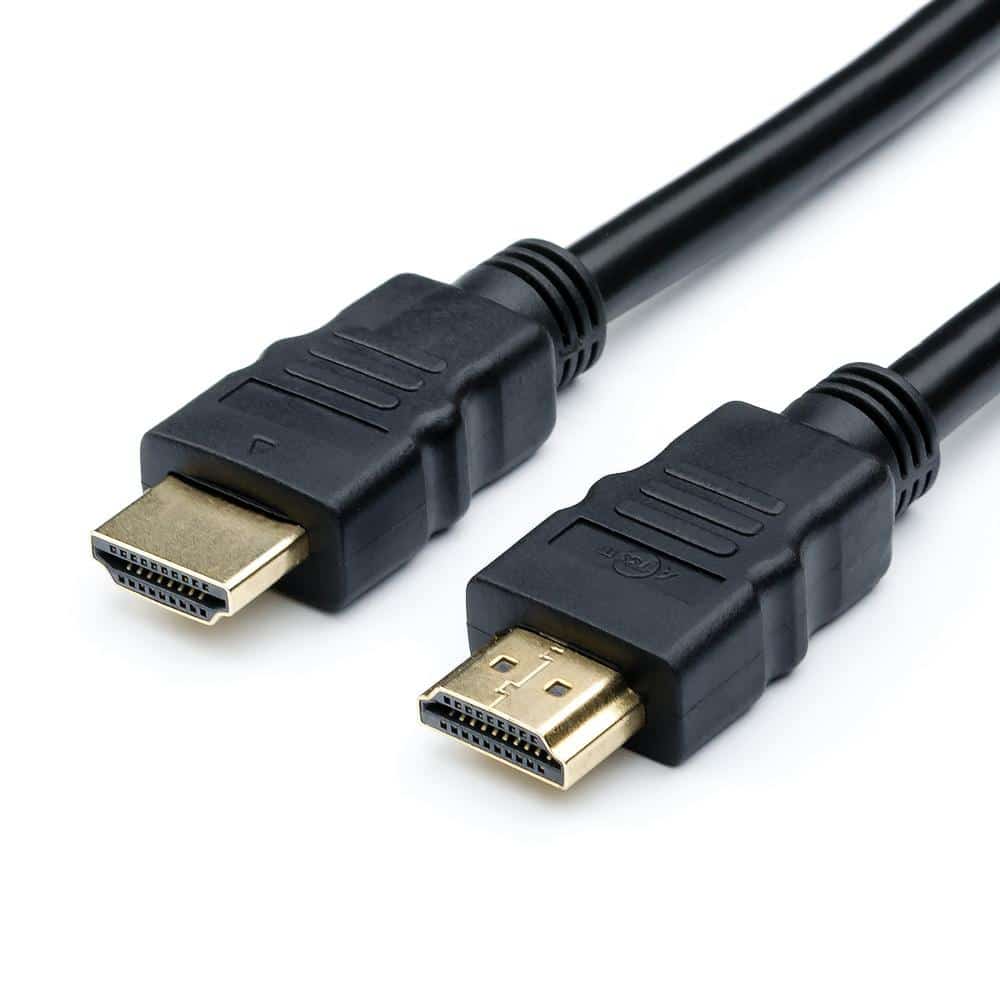 The digital interface is available in several versions. But only two of them are relevant – versions 2.0 or 2.1. Consider why they deserve attention:
The digital interface is available in several versions. But only two of them are relevant – versions 2.0 or 2.1. Consider why they deserve attention:
- 2.0 – support for 4K format, transmission is carried out at high speeds with a minimum of level differences, 3D support, the ability to broadcast high-quality video and audio signals simultaneously.
- 2.1 – a distinctive feature of the format is the increase in throughput. And also the list of devices that support this connector has been increased.
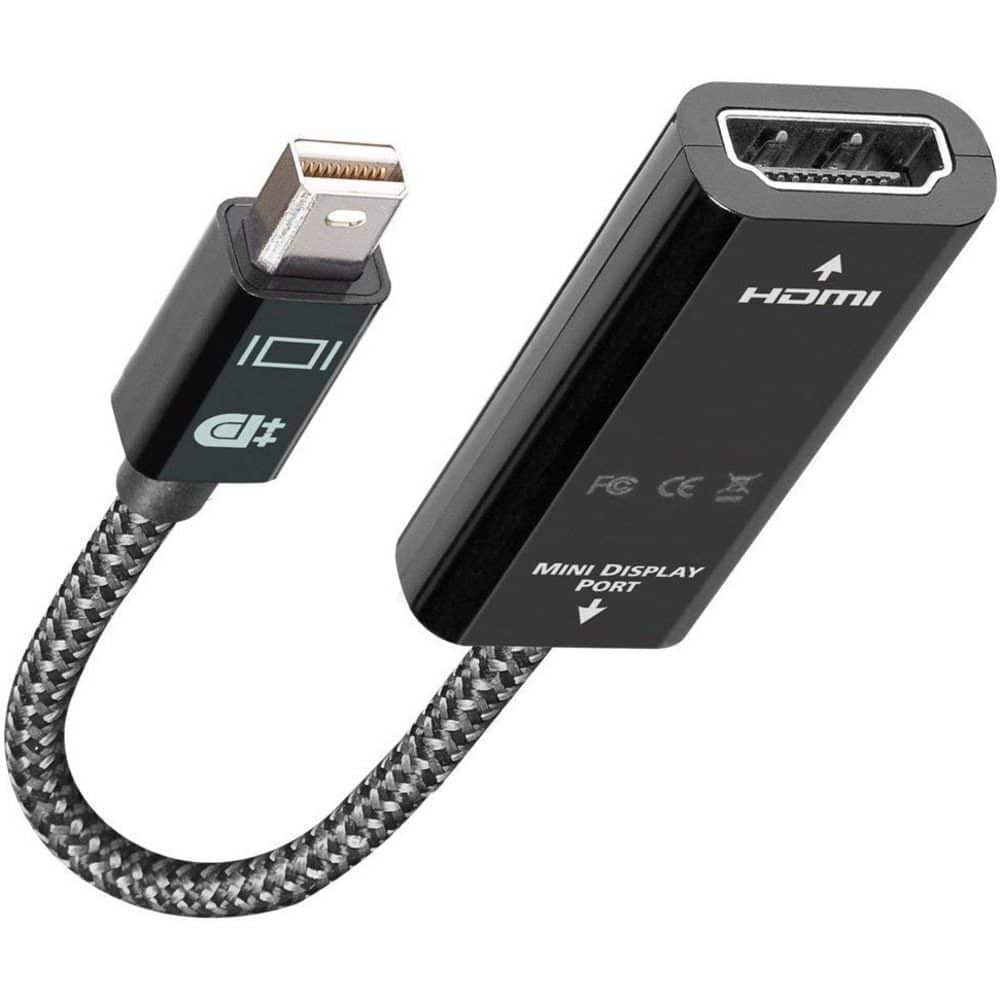
Note! The quality of the image is affected by the length of the wire and its insulation. The farther the distance over which the converted signal must be transmitted, the thicker the wire must be.
There is a classification of interfaces depending on the size of the connector:
- A is the largest connector on the market. Mounted in LCD screens, computers, laptops, projectors.
- C – 1/3 more compact than type “A”, therefore it is used to transmit a signal from screens such as netbooks, large format tablets.
- D is a micro connector used to transfer audio and video content from tablets, as well as some phone models.
Advantages of the popular HDMI:
- Prevalence, demand for many devices.
- A jack output is built into many devices from LCD TVs to smartphones.
- No need to use additional devices to transfer audio formats;
 But there are also disadvantages:
But there are also disadvantages:
- Some users note poor compatibility of the connector with different devices, as a result of which the image or audio is distorted.
- Does not transmit a high-quality signal over long distances. Already after 15 meters there may be some interference, depending on the insulation of the wire.
How to use adapters correctly
To connect a device that transmits a signal to a monitor / TV, you must have a wire with the appropriate connectors on hand.
Note! The use of a cable is possible only when the equipment itself is equipped with the function of converting an analog signal, as well as its conversion.
Wiring diagram:
- The adapter is attached to the converter, which provides the desired sound and visual accompaniment.
- The second end of the usb adapter, for example, the hdmi port of the device, is connected to the monitor output, where the playback of the visual and audio track is planned.
If everything is connected correctly, then no problems should arise in the future, and the picture will be played in auto mode, that is, you won’t have to configure anything, adjust it yourself. VGA, DVI, HDMI, DisplayPort – which video output is better than different: https://youtu.be/7n9IQ_GpOlI Due to the wide scope of application, adapters of this type will remain relevant for a long time, so consider how to choose them correctly – it is important. The main thing in this matter is not to forget to check the compatibility of all the main parts, connectors. If you don’t know which adapter to choose, then take a closer look at the hdmi classic.





